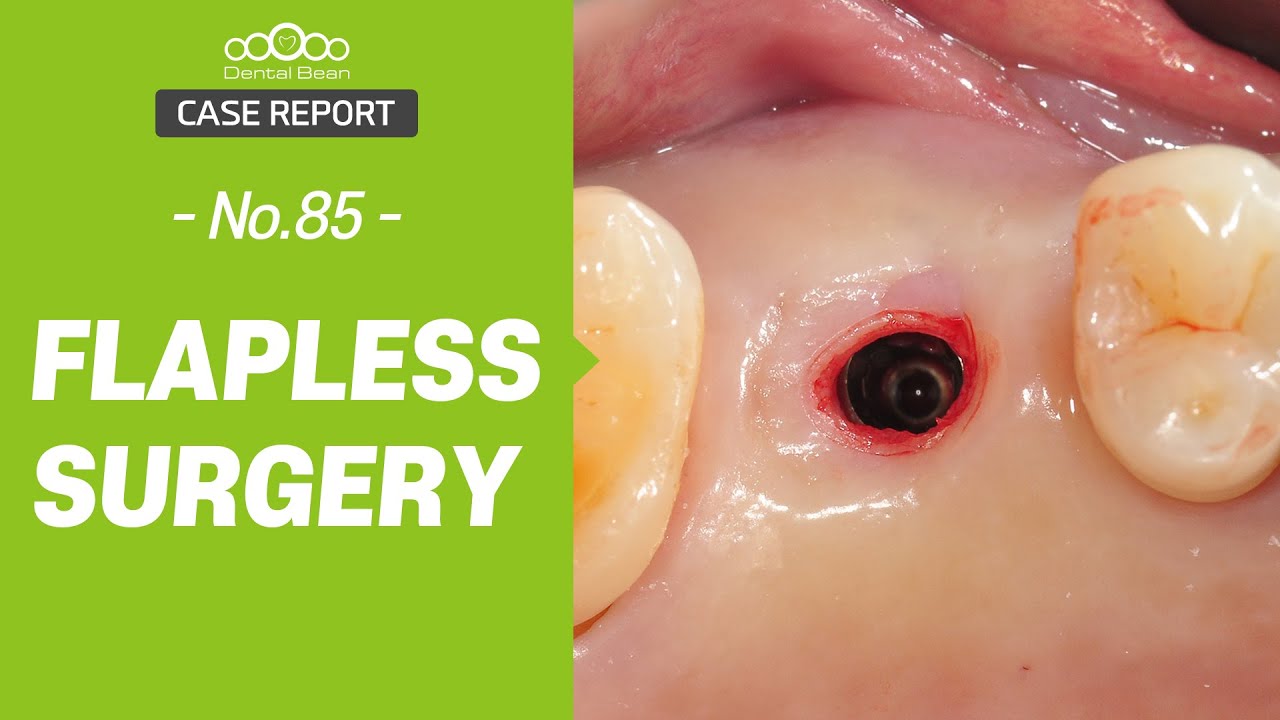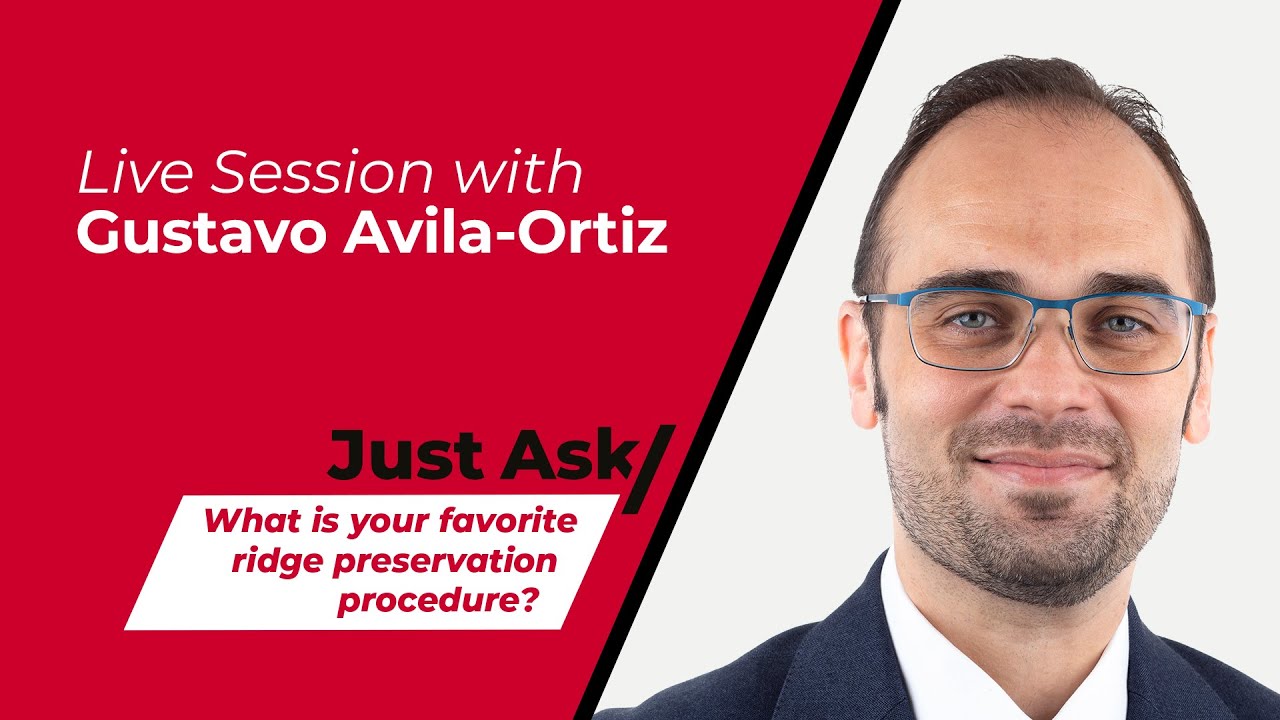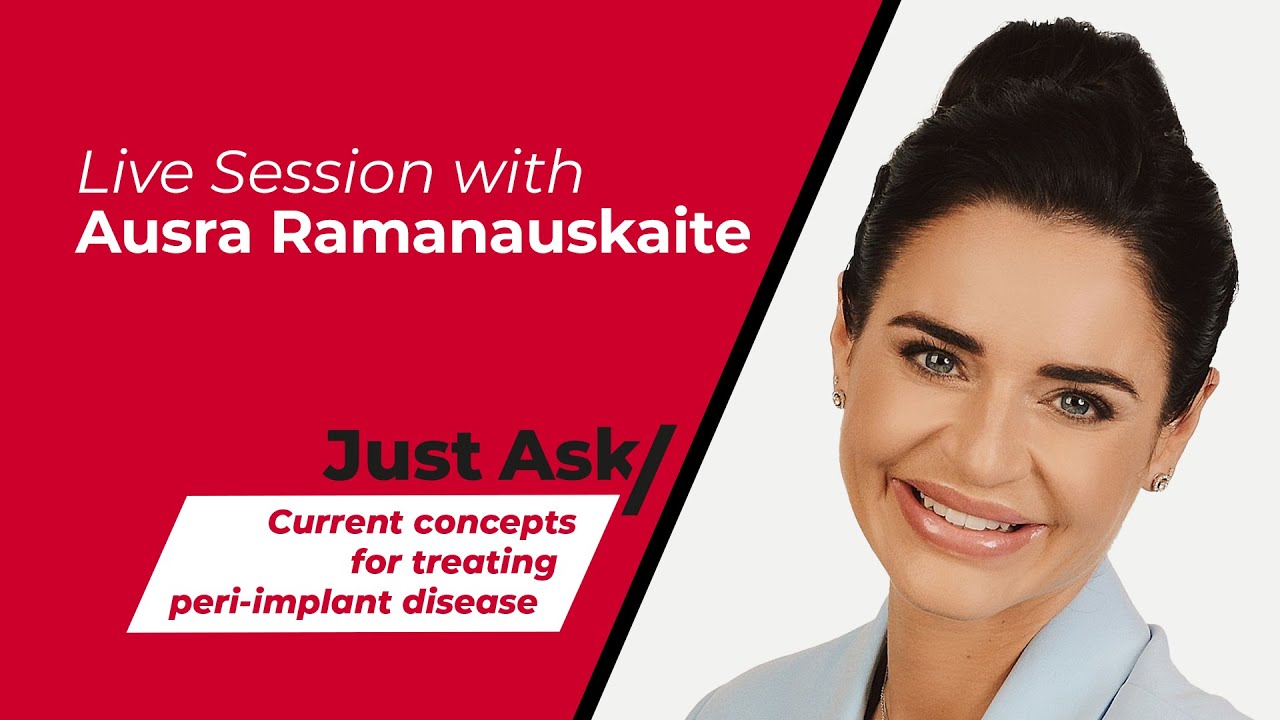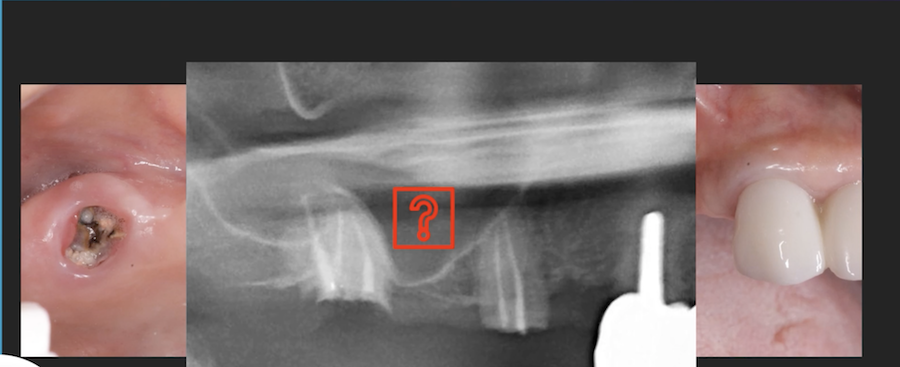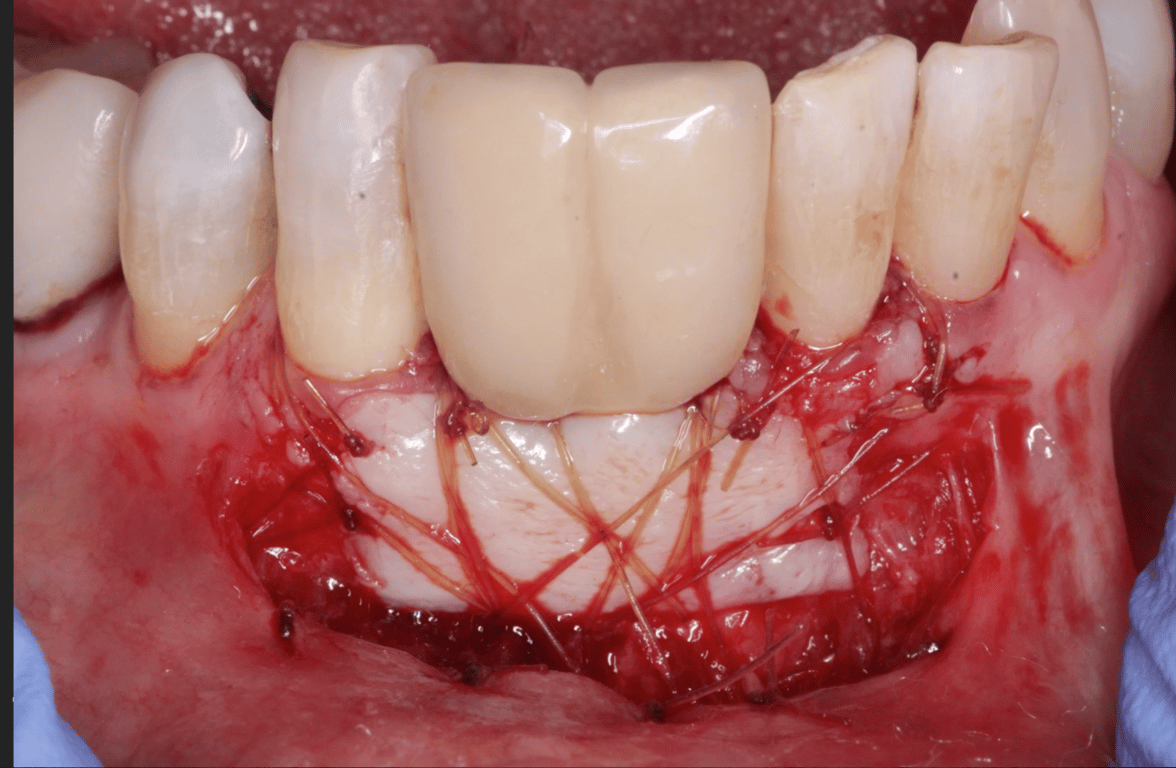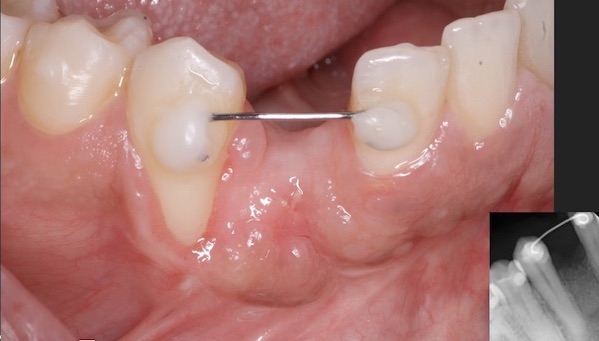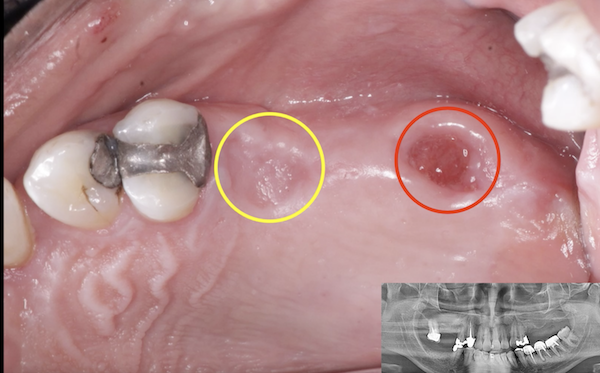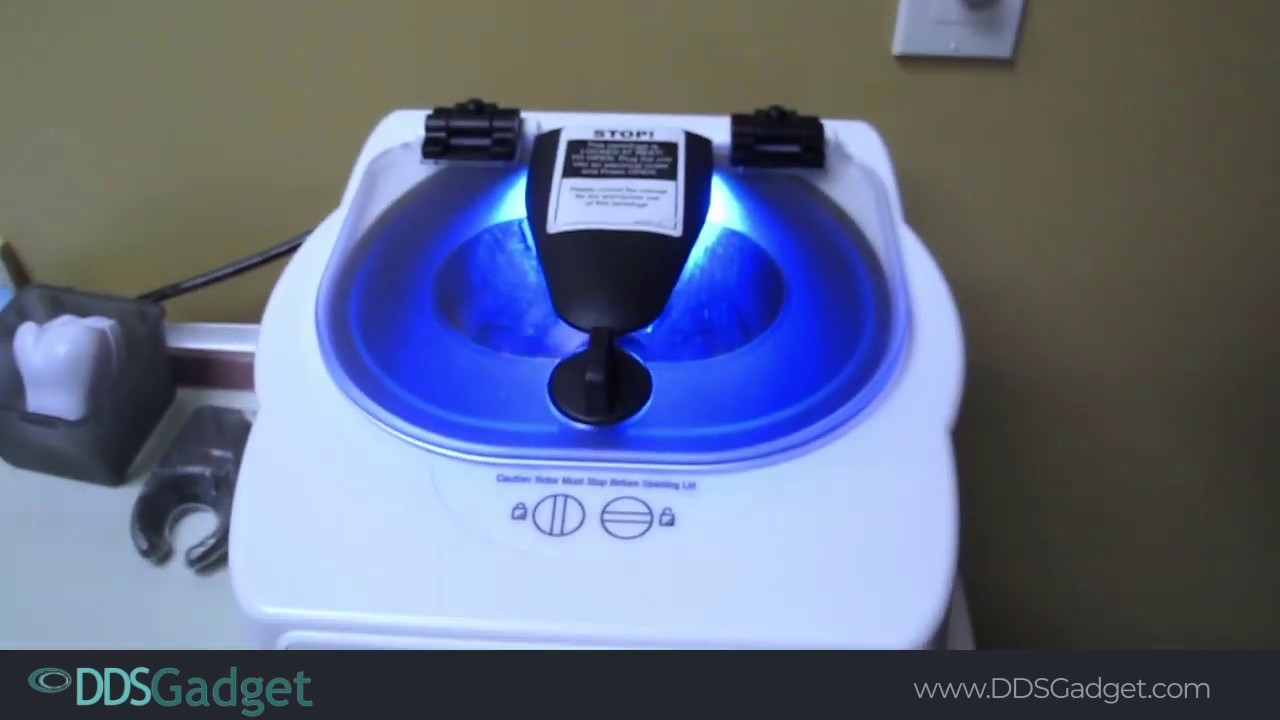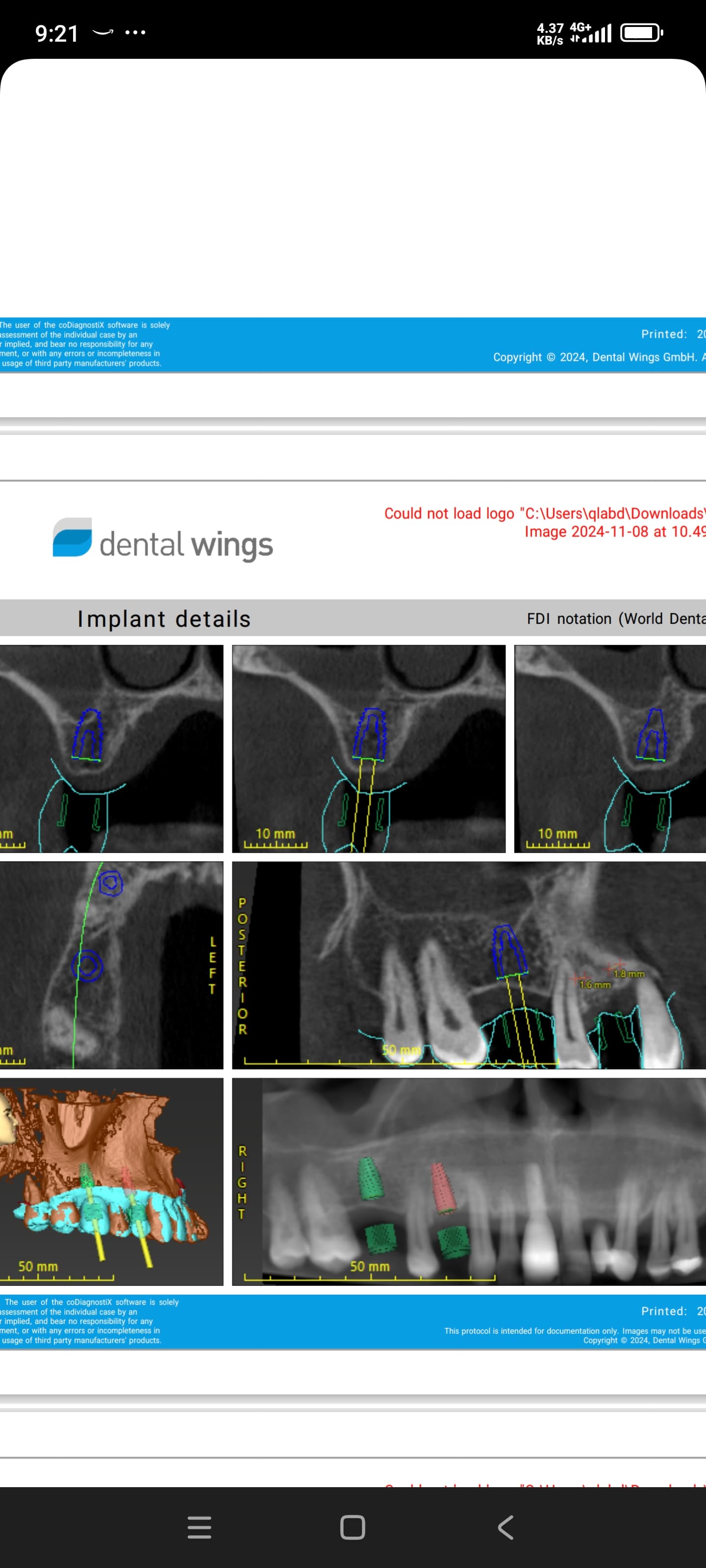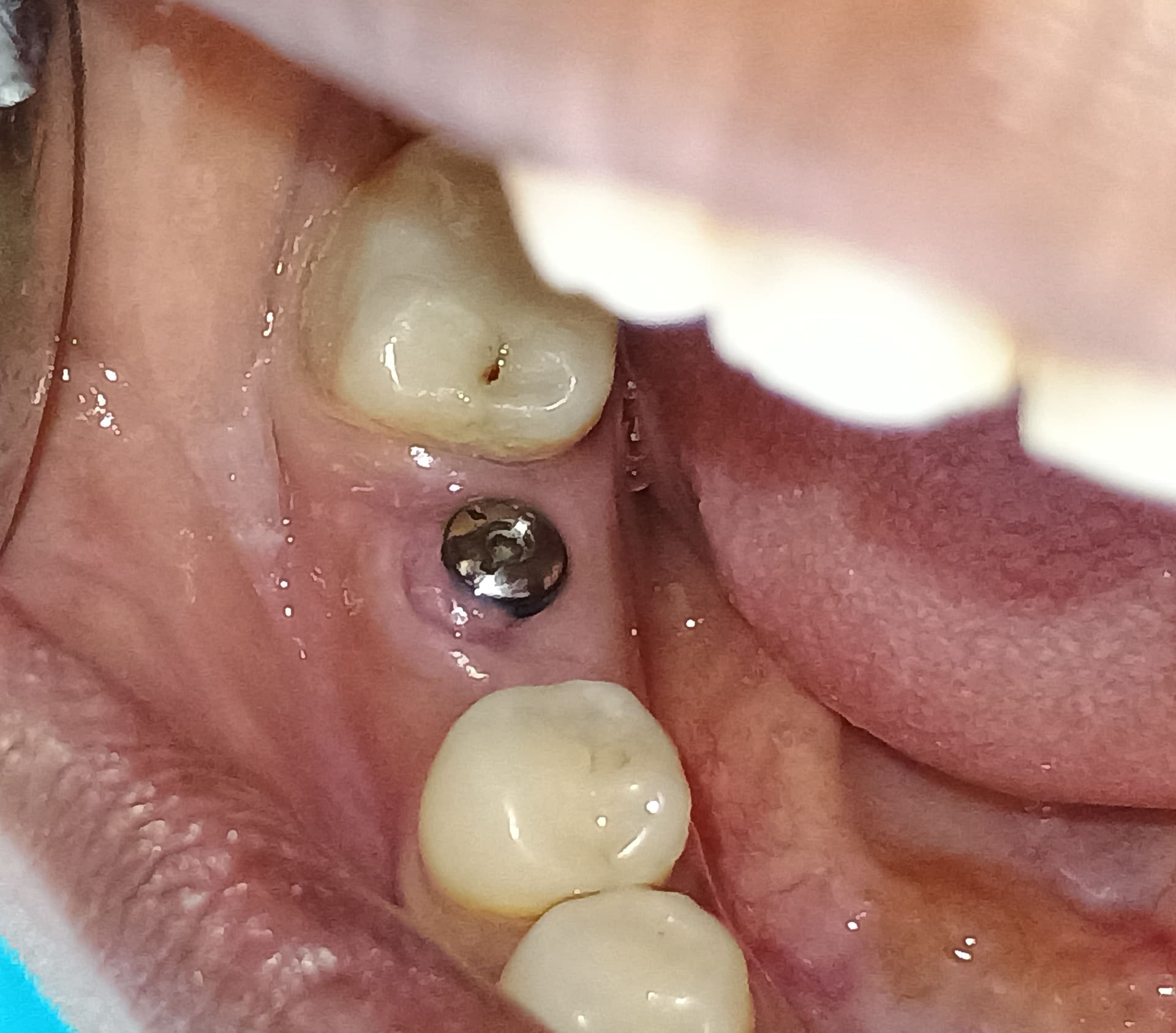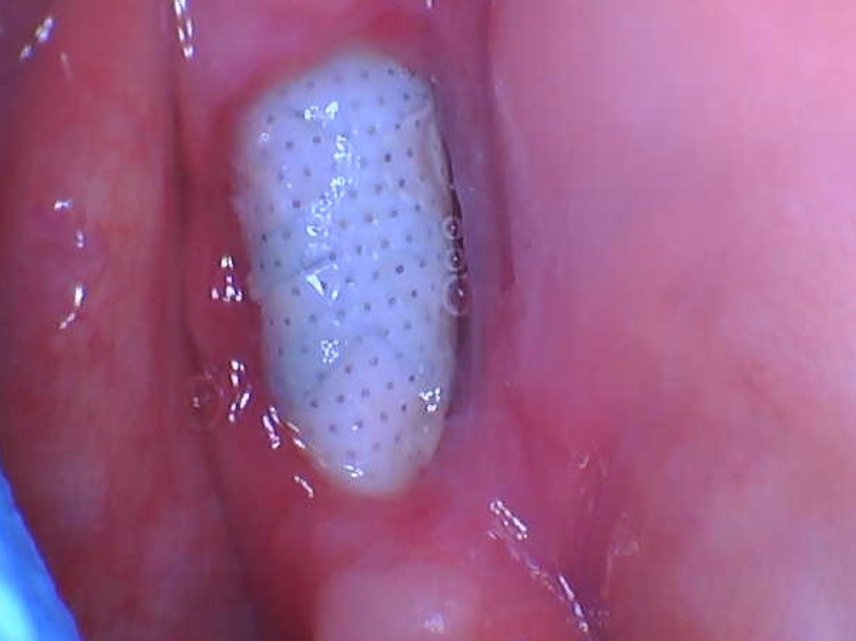Failing implants: leave alone or remove?
I recently had a 74 year old female patient present to my office with a complaint of “Metal showing under my crowns”. She has a history of controlled hypertension. She has 7 implants that were placed and restored by the same dentist over the last several years. I informed her that several of her implants were not doing well and would likely need to be removed. The 47 or 31, I also suggested had a guarded or poor prognosis.
I offered two plans:
1. Remove all of the mandibular implants, graft, and replace them.
or:
2. Remove all the mandibular implants and make a traditional RPD. (or keep the implant at 45 to use with a locator)
She has decided that she will not go through more surgery and that more implants do not lie in her future. She also decided to go back to the dentist who placed the implants to see what he would offer for treatment. His recommendation was that “If you’re not symptomatic, just leave it alone”. I’m not so sure that he would be happy with the same recommendation if it were his own mouth on the line. what are your thoughts on this case?




